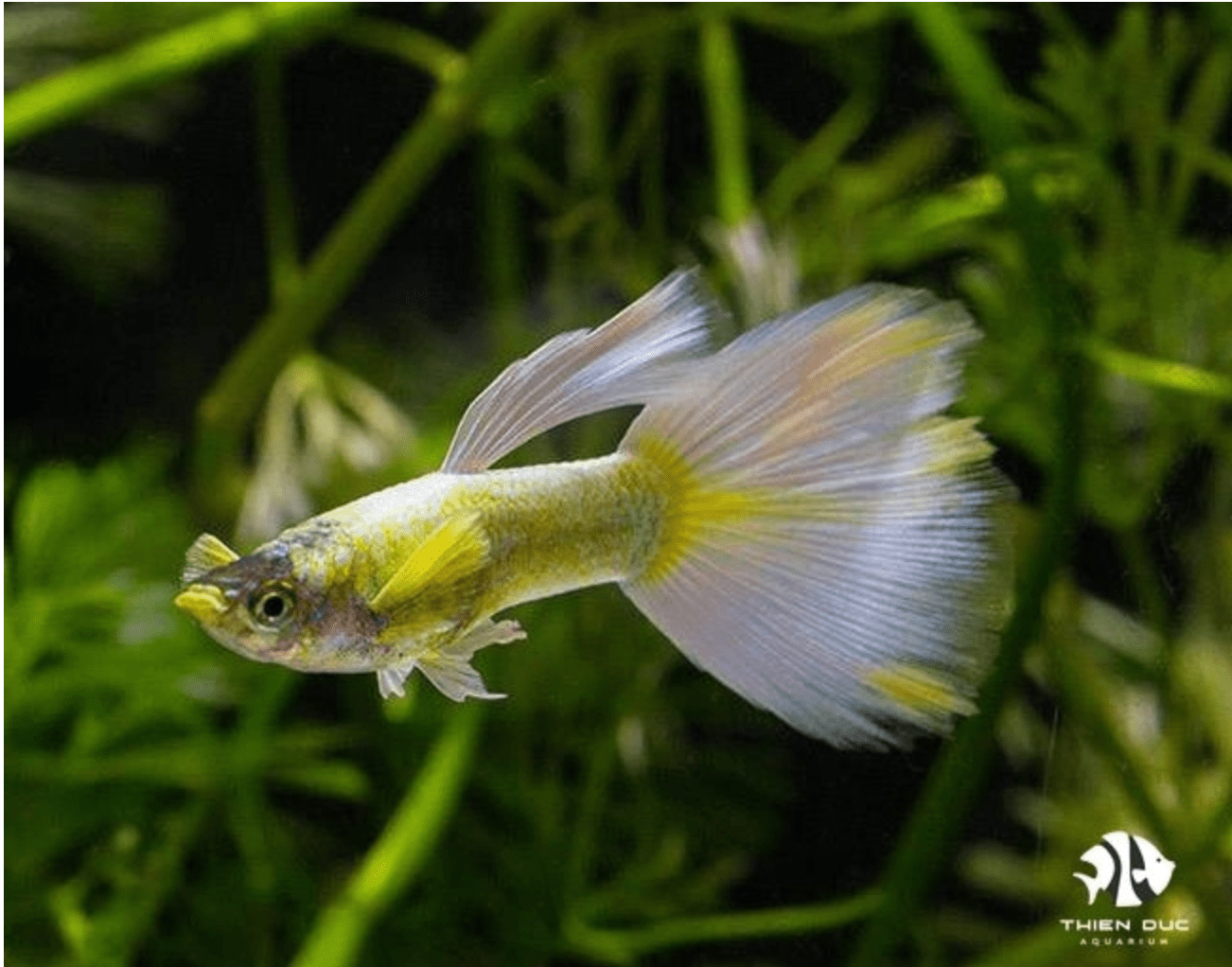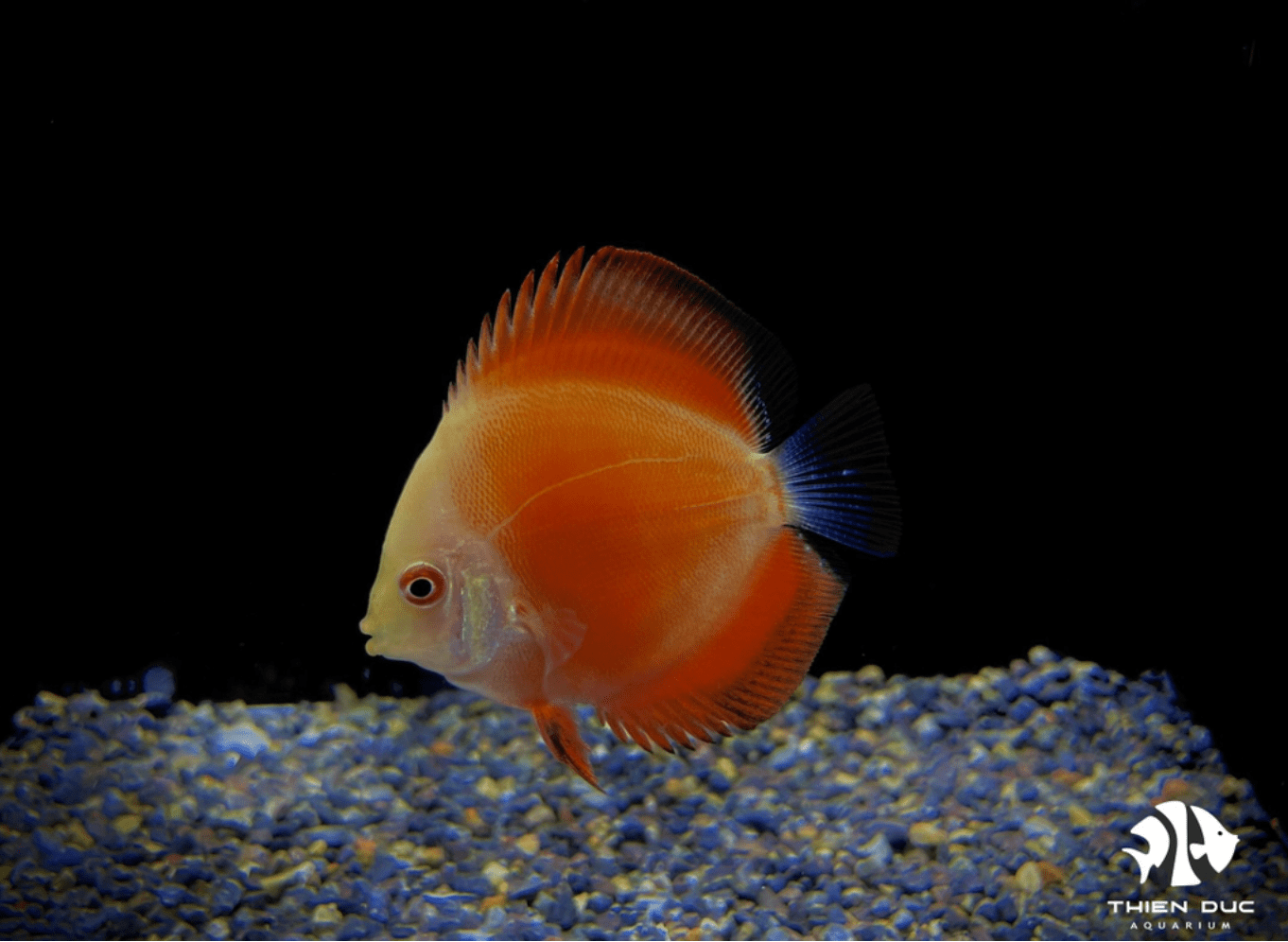CITES Listed Species: Legal Trade Requirements Explained
The allure of a rare, exotic fish swimming gracefully in an aquarium is undeniable. This passion connects a global community, but it also carries a profound responsibility for conservation. Many of the most sought-after aquatic treasures are protected as CITES listed species, placing their trade under careful international scrutiny. At ThienDuc Aquarium, we navigate these complex regulations daily, ensuring every export is not only beautiful but also fully compliant and ethically sourced, safeguarding the future of the species we all admire.
What is CITES and Why It Governs the Ornamental Fish Trade?
CITES, which stands for the Convention on International Trade in Endangered Species of Wild Fauna and Flora, is a critical international agreement between governments. Established in 1973, its primary purpose is to ensure that the global trade in specimens of wild animals and plants does not threaten their survival. It’s a common misconception that CITES exists to ban all trade; rather, its mission is to regulate it, ensuring practices are legal, sustainable, and traceable.

In the aquarium industry, where demand for unique and wild-caught specimens can be intense, CITES provides an essential framework for protection. The high value of certain fish can unfortunately incentivize over-harvesting, potentially damaging wild populations and their ecosystems. Many popular aquarium inhabitants, from the majestic Asian Arowana to vibrant corals and specific wild plecos, are CITES listed species. Adhering to these regulations is not just a legal obligation—it is an ethical imperative. For businesses like THIENDUC AQUARIUM, participating in the legal wildlife trade means actively contributing to conservation, preventing the illegal trafficking of CITES listed species, and ensuring the long-term health of the biodiversity we all depend on.
Understanding the CITES Appendices and Permit Requirements
The core of CITES regulation lies in its classification system. All CITES listed species are categorized into one of three Appendices, each corresponding to the degree of protection they require. This categorization directly dictates the permits and legal documentation needed for international trade. For any importer or hobbyist, understanding these appendices is the first and most crucial step in ensuring full compliance and participating in a responsible, sustainable trade. Each appendix has distinct rules that govern the movement of these important animals across borders.
CITES Appendix I: Maximum Protection for Critically Endangered Species
The most endangered and extinction-threatened species are listed in Appendix. Consequently, CITES prohibits international commercial trade in wild-caught specimens of these species. Trade is permitted only in exceptional, non-commercial circumstances, such as for scientific research, and requires both an import permit from the destination country and an export permit from the source country before any shipment can occur.

A prime example from the aquarium world is the highly prized Asian Arowana (Scleropages formosus). As an Appendix I CITES listed species, wild-caught specimens cannot be commercially traded. The vast majority of Arowanas available legally are captive-bred from CITES-registered farms. These specimens must be accompanied by specific documentation, including certificates of origin and often microchip identification, to prove they were not taken from the wild.
CITES Appendix II: Regulating the Trade of At-Risk Species
Appendix II is the most common category for CITES listed species within the ornamental fish trade. It includes species that are not necessarily threatened with extinction at present but may become so unless trade is subject to strict regulation to avoid over-utilization. This appendix ensures that trade is sustainable and monitored.
The legal trade of these species requires an export permit or a re-export certificate issued by the Management Authority of the exporting country. A critical component of this process is the "non-detriment finding" (NDF). Before a permit is granted, the Scientific Authority of the exporting nation must determine that the trade will not be detrimental to the survival of that species in its natural habitat. This science-based approach is fundamental to CITES's mission. Many species of hard corals, giant clams, and specific wild-caught freshwater fish fall under this appendix, making a compliant partner essential for sourcing these beautiful CITES listed species.
CITES Appendix III: Nationally Protected Species
Appendix III is a unique category that contains species protected within at least one country, which has then requested assistance from other CITES parties in controlling the trade. This allows countries to enlist international cooperation to enforce their own domestic regulations. The requirements for trading these CITES listed species are more specific.
When a specimen is exported from the country that listed it in Appendix III, an export permit issued by that country's authorities is required. If a specimen is exported from a different country (not the one that listed it), it must be accompanied by a certificate of origin to verify where it came from. This ensures that even nationally protected species receive global attention, preventing them from being laundered through other countries. Understanding the origin of these specific CITES listed species is key to their legal trade.
THIENDUC AQUARIUM's Commitment to CITES Compliance and Sustainable Sourcing
At THIENDUC AQUARIUM, our expertise extends far beyond simply providing beautiful aquatic life. We are specialists in the meticulous process of managing documentation and securing the necessary permits for all CITES listed species we export. Our deep understanding of ornamental fish trade regulations ensures a smooth, legal, and fully transparent process for our global clients, eliminating risks and building trust.

Our commitment, however, goes beyond mere compliance. We are dedicated to promoting a truly sustainable aquarium trade. This involves working closely with our network of responsible collectors and nationwide satellite farm systems to ensure that harvesting practices are ethical and do not harm the environment. By championing the trade of high-quality, captive-bred specimens, we help reduce pressure on wild populations of sensitive CITES listed species, ensuring the hobby can be enjoyed for generations to come.
Summary: Ensuring a Legal and Sustainable Trade of CITES Listed Species
Successfully navigating the international trade of CITES listed species is fundamentally about a shared global commitment to conservation. It requires more than just paperwork; it demands diligence, expertise, and an ethical approach. Understanding the three CITES Appendices and their specific permit requirements is the cornerstone of responsible participation in the aquarium hobby and industry. By partnering with an experienced and compliant exporter like THIENDUC AQUARIUM, clients and hobbyists can be confident that their supply chain is not only reliable and efficient but also actively contributes to the protection of the very species we all admire.
Contact Information
For inquiries about our CITES-compliant freshwater and marine ornamental fish, please contact us:
-
Address: 57 Le Thi Sieng, Tan Thong Hoi, Cu Chi, Ho Chi Minh City, Viet Nam
-
Mobile: +84903912501
-
Office: +84982577871
-
Email: thien@thienducaquarium.com










